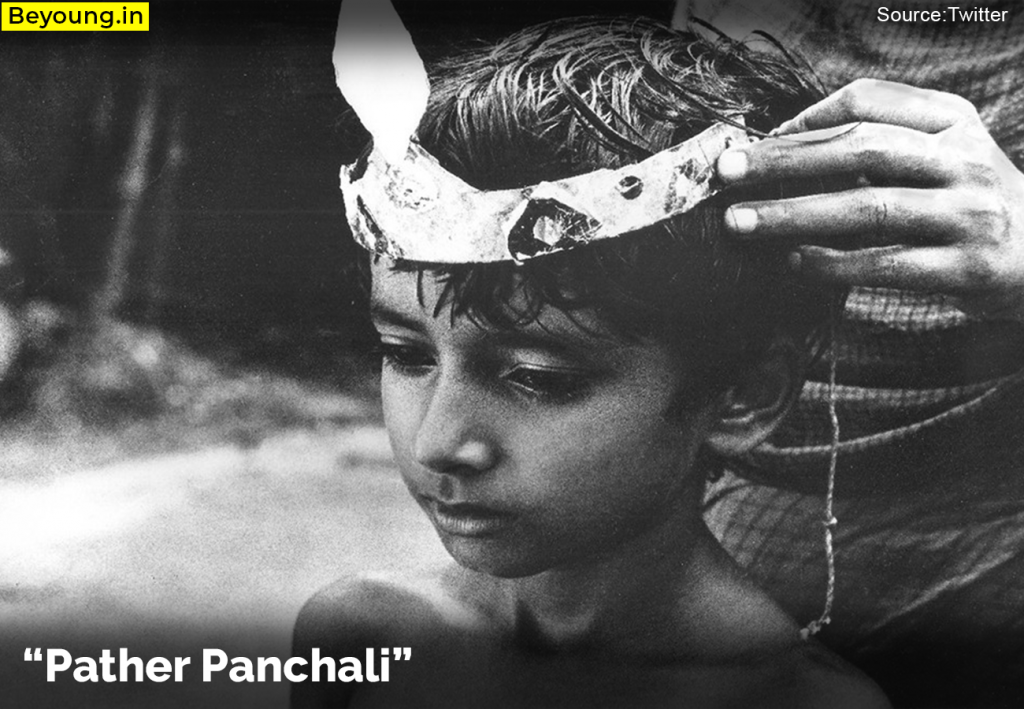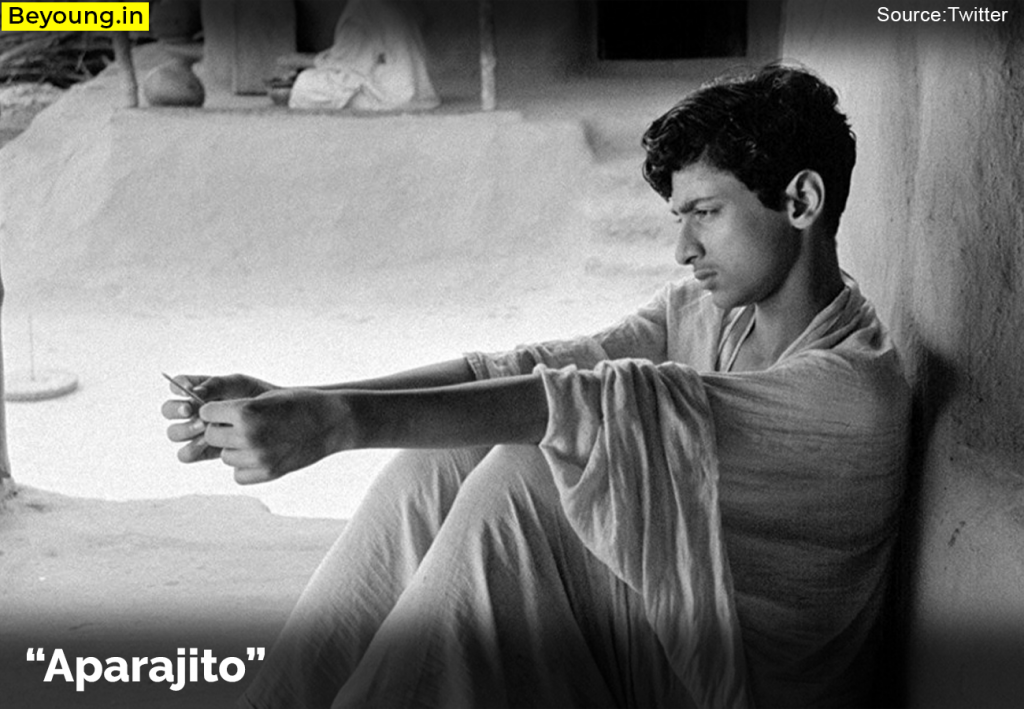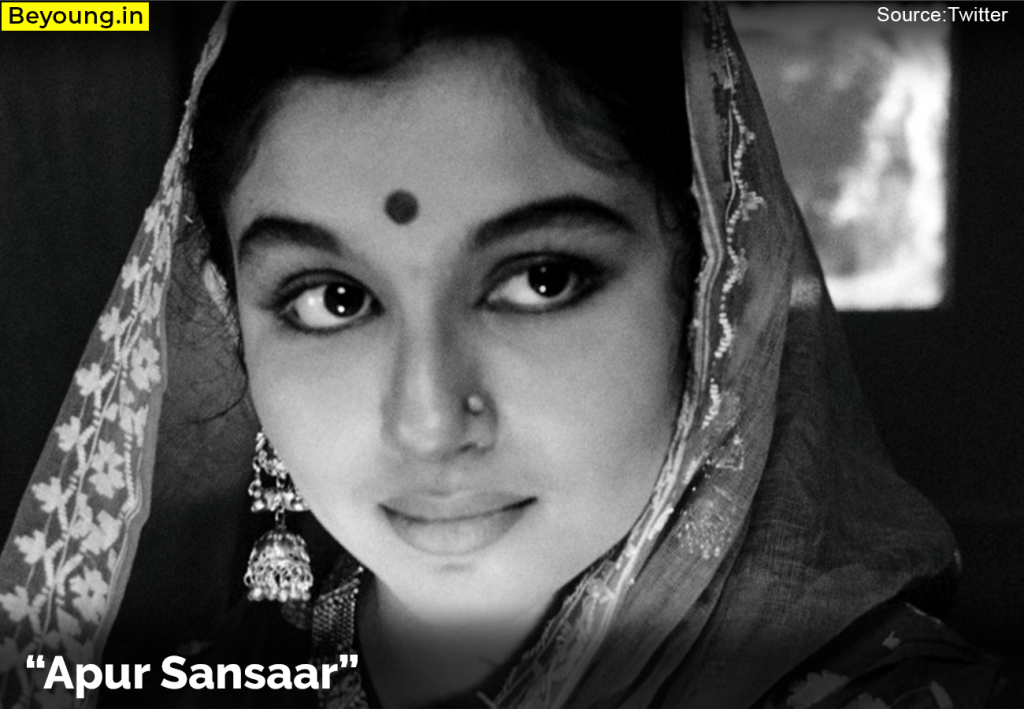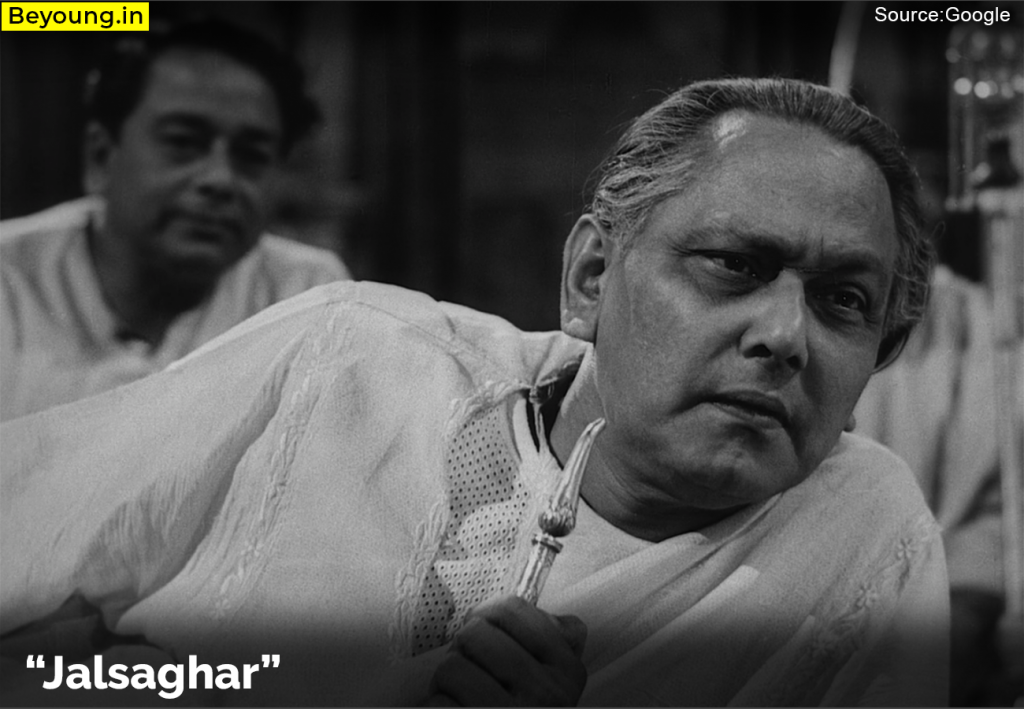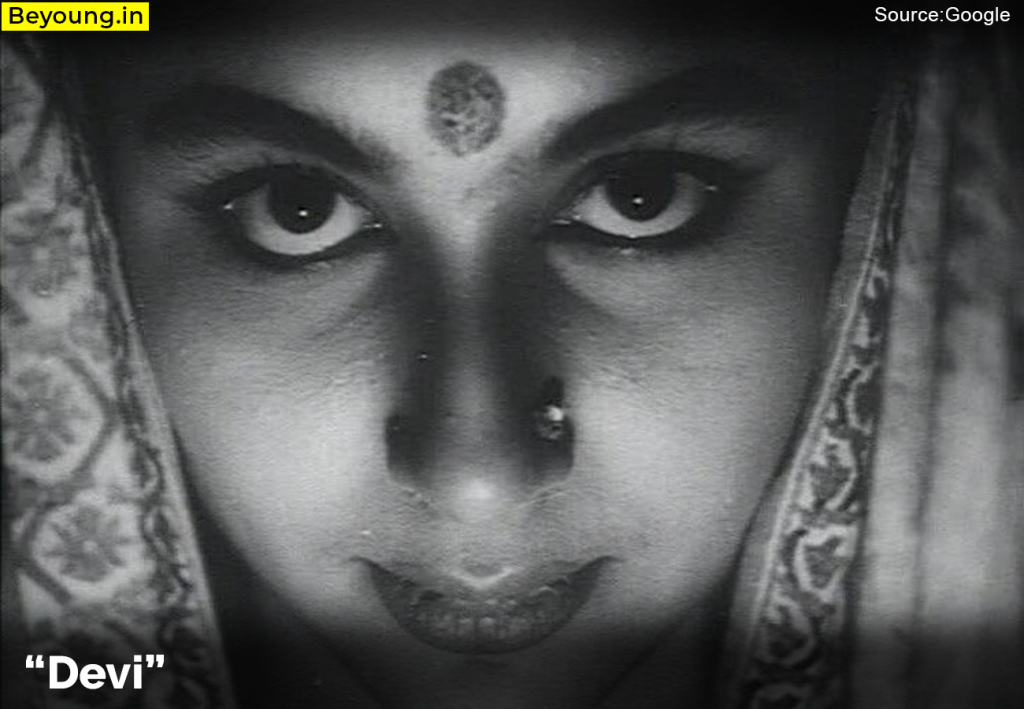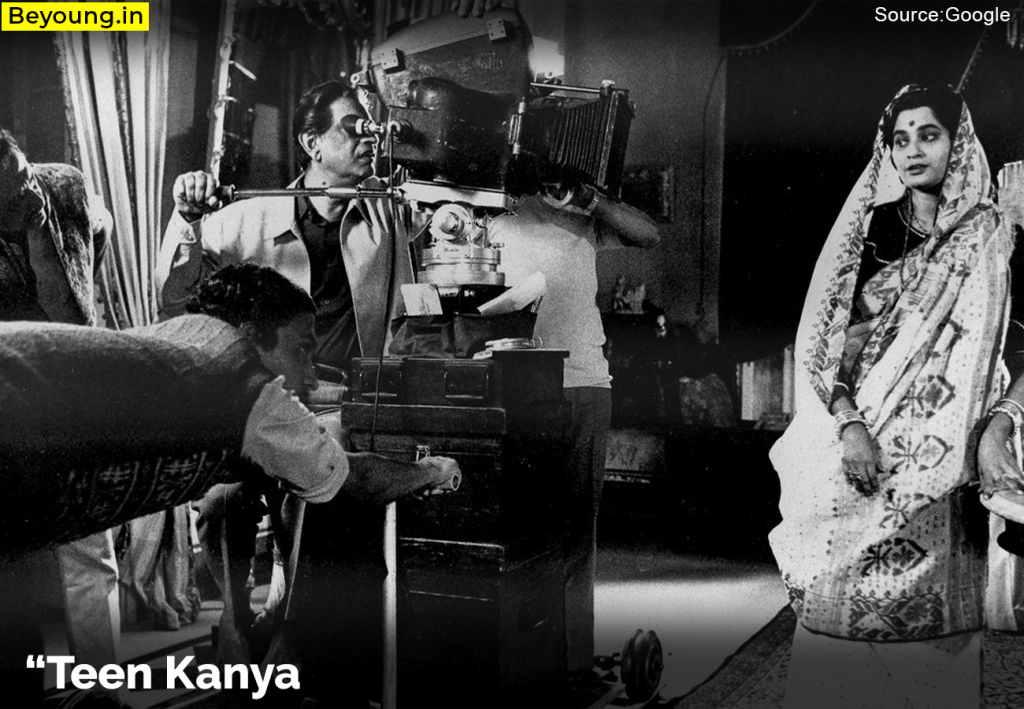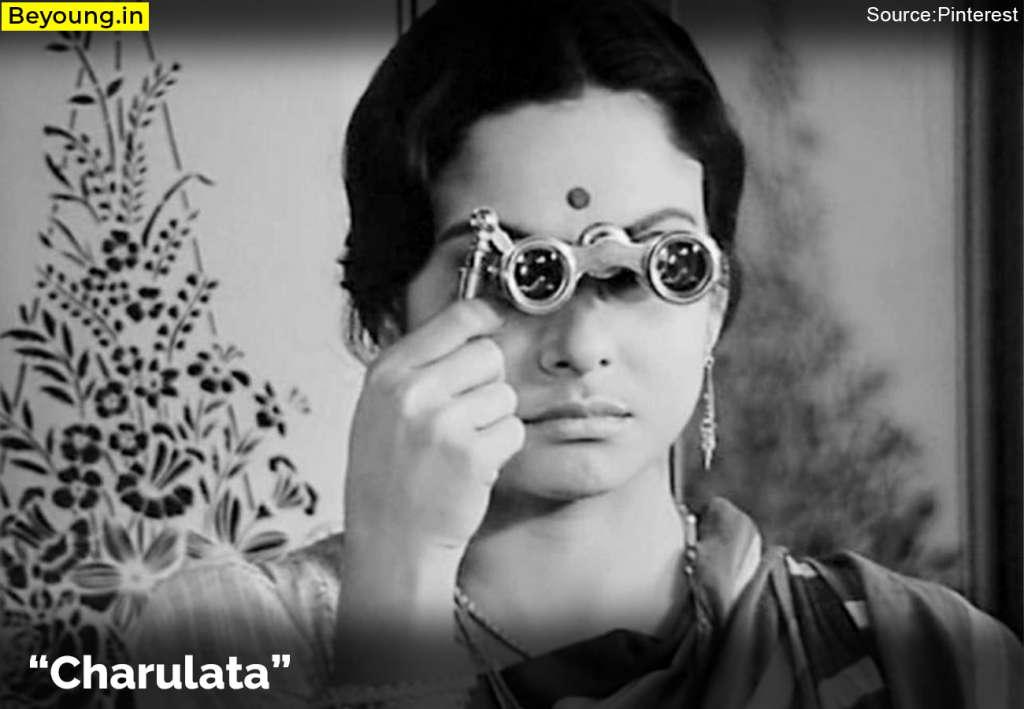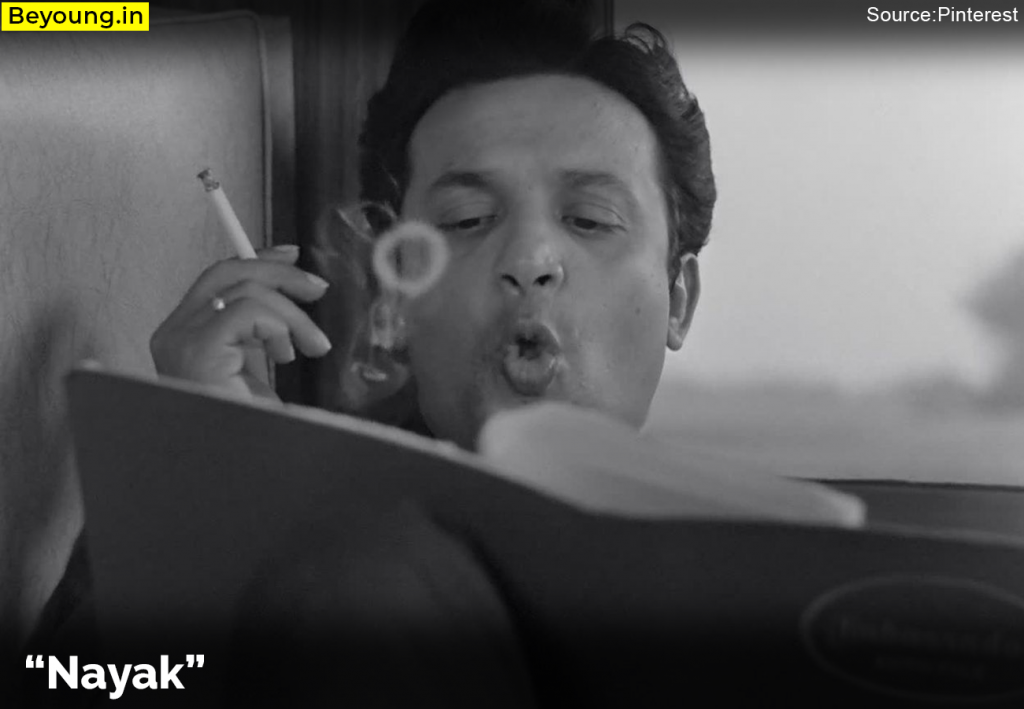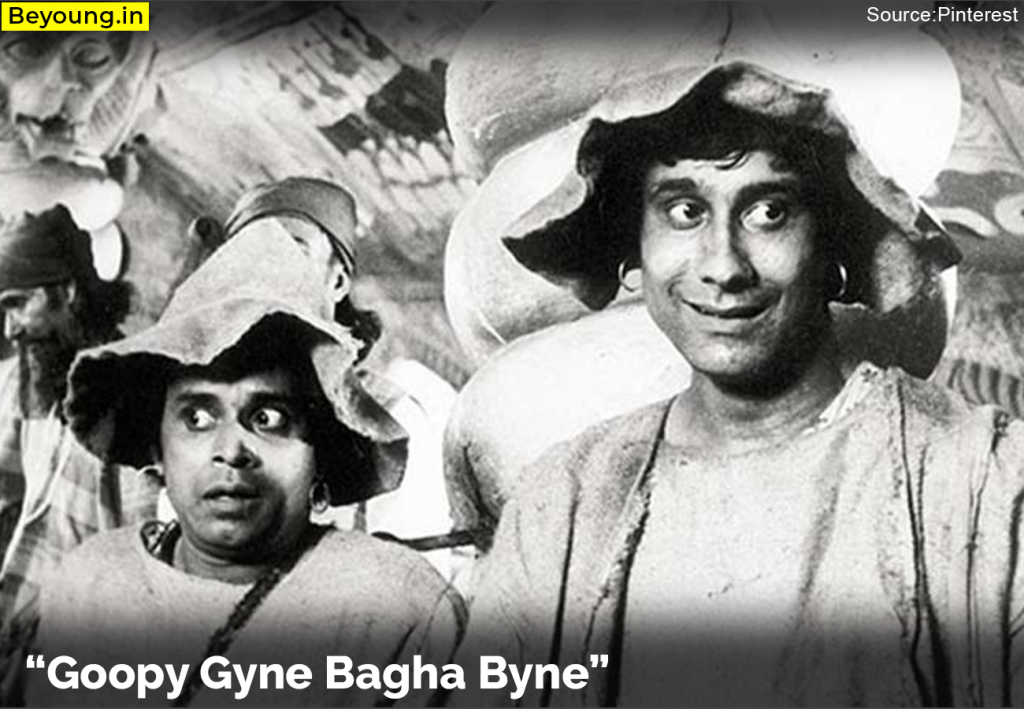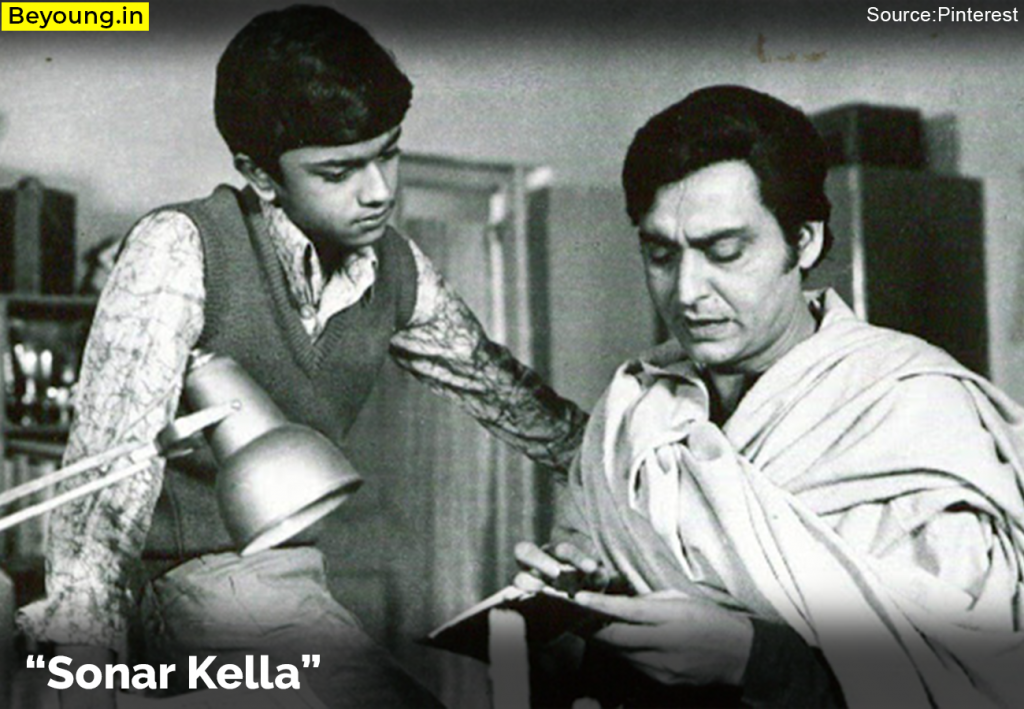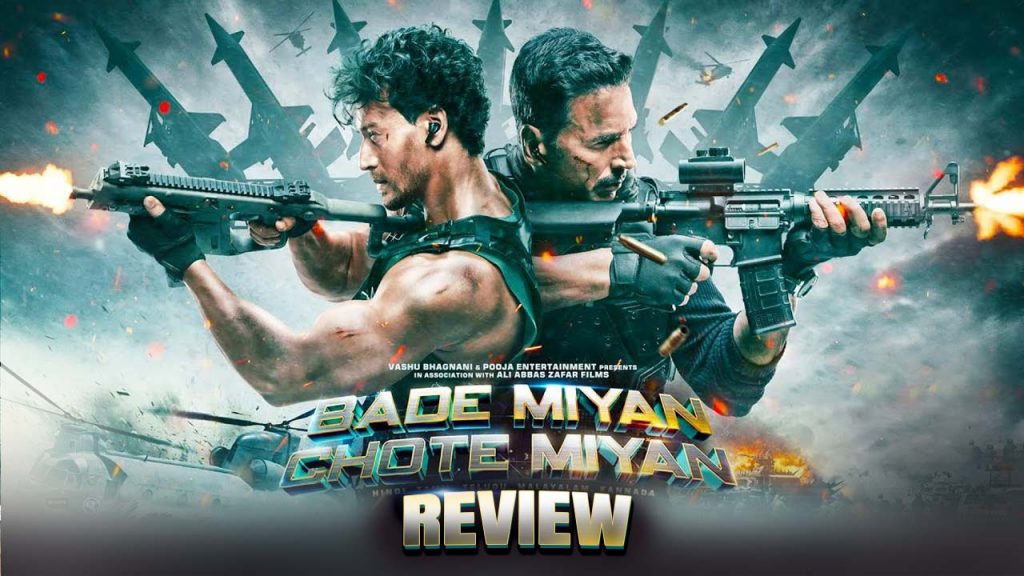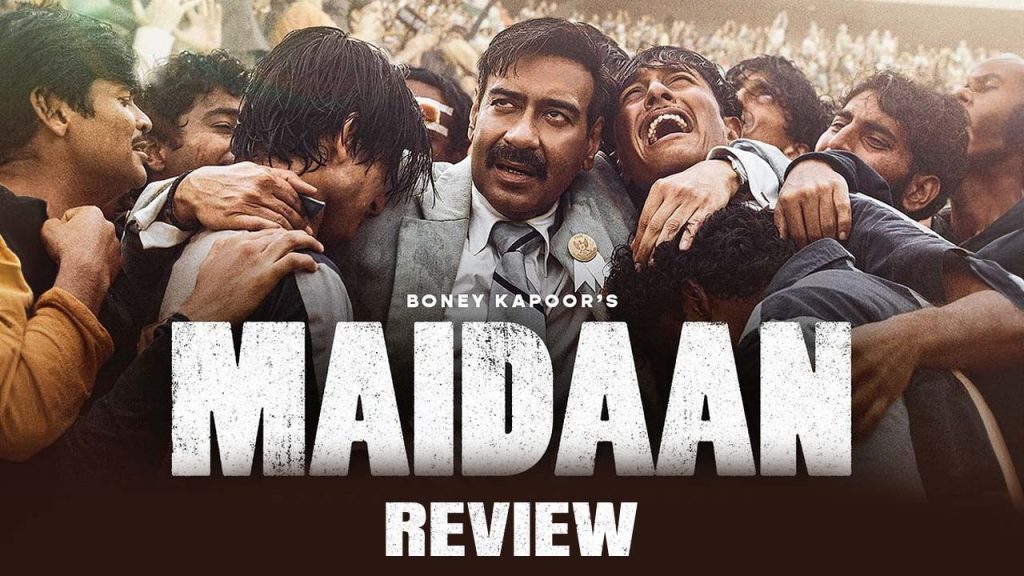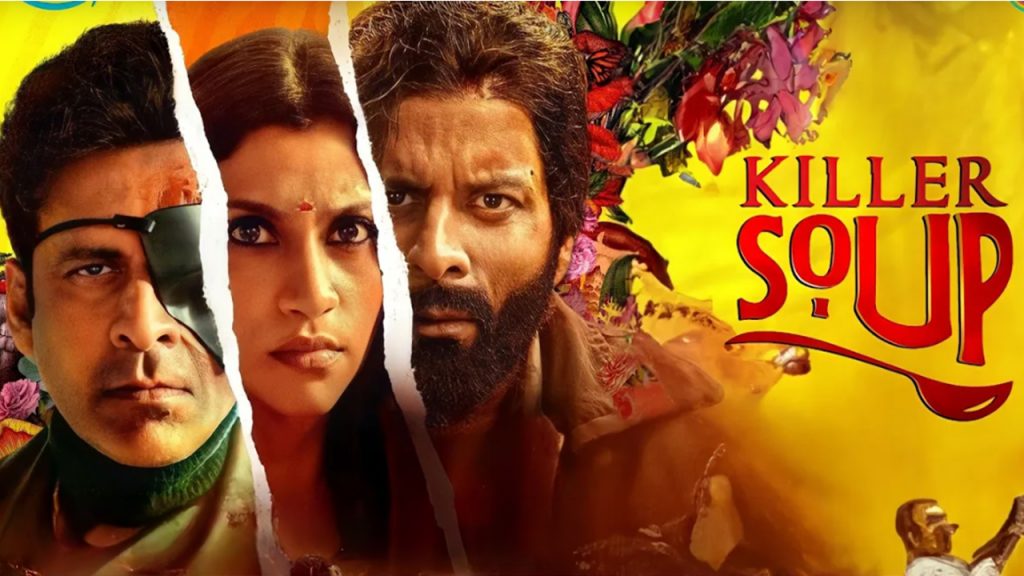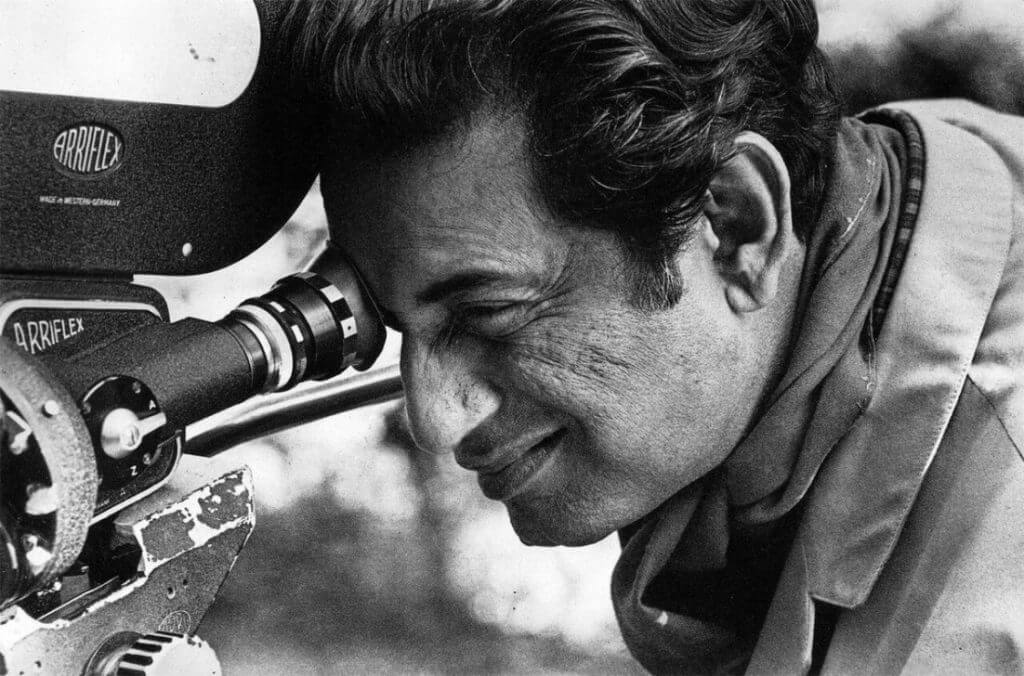
Let’s Have a Look at the Best 10 Classic Films of Satyajit Ray
On the 100th anniversary of his birth, a tribute to the genius who was much more than a well-known filmmaker.
Satyajit Ray was perhaps one of the most diversely talented artists of Bengal, if not India, in modern times, in addition to being recognized as one of the all-time brilliant film directors. Apart from countless additional honors at international film festivals, he earned the Bharat Ratna, Honorary Oscar (for lifetime accomplishment), Legion d’ Honor (the highest civilian award in France), and the Kurosawa Award (for lifetime achievement as a film director). One of the greatest filmmakers, Kurosawa, once said that someone who hasn’t seen the best films of Satyajit Ray film is like someone who hasn’t seen the sun or the moon.
Ray, like Rabindranath Tagore, was far more well-liked outside of India (apart from Bengal), because all of his films were in Bengali (except a few in Hindi and English). This limited its commercial release in other regions of India, except for a few film societies.
He essentially remained a “Director’s Director” within India, inspiring numerous generations of Indian “art” or “parallel” filmmakers such as Shyam Benegal and Adoor Gopalakrishnan. Many (though not all) of his films were watched and appreciated by Western film fans who were accustomed to watching foreign films with English subtitles.
Without mentioning the iconic director Satyajit Ray, any discussion about cinema will be incomplete. Throughout his 37-year career, he made 36 films. Some believe Ray felt he had no choice but to keep making movies to ensure that his crew was never unemployed and that their families were adequately cared for. Every film stands out in its own way, making it tough to choose one above the other.
So, in honor of his 100th birthday, we decided to compile a list of Satyajit Ray’s top ten films.
“Pather Panchali”
Satyajit Ray made his directorial debut in 1955 with ‘Pather Panchali’ (A Song of the Little Road). This masterpiece is a social drama based on Bibhutibhushan Bandyopadhyay’s classic novel of the same name. The plot of the film centers around a little child named Apu who comes from a poor family and lives in a remote Indian hamlet. Because the famed filmmaker ran out of money after just shooting half of the picture, the film was produced by the then-West Bengal government. ‘Pather Panchali’ is the first installment in the ‘Apu Trilogy.’
“Aparajito”
The second film in the “Apu Trilogy,” “Aparjito” (The Unvanquished), focuses on Apu’s family. Sarabjaya works as a maid when his father Harihar passes away. Meanwhile, Apu receives a scholarship to attend school. Despite her sadness, Apu’s mother realizes that she must send him to Calcutta. He eventually finds a job at a printing mill and settles in. A lonely Sarabjaya grows gravely ill in a Bengal village. Apu receives the news quickly, but by the time he gets home, it is too late; his mother has died without treatment.
“Apur Sansaar”
Ray’s ‘The Apu Trilogy’ concluded with ‘Apur Sansaar’ (The World of Apu), which was released in 1959. Unemployed Apu marries Aparna and returns to Calcutta, intending to be a writer. However, his wife dies during the delivery of their son, and he believes the child is to blame for his wife’s death. He then abandons his child with his maternal grandparents and embarks on his travels. An old acquaintance approaches a wandering Apu and persuades him to return to his son. Finally, Apu reunites with his son at the end of the film.
“Jalsaghar”
The film ‘Jalsaghar’ (The Music Room) is about a dissolute zamindar who is counting down the days until he dies. Instead of preserving his possessions and property, the zamindar character, played by Chabi Biswas, spends his time listening to music and hosting spectacles. Things take a turn for the worse when his properties are flooded, and the elimination of the zamindari system has its own set of consequences. Chabi Biswas became a Bengali movie legend as a result of his remarkable performance in this Ray masterpiece.
“Devi”
The film ‘Devi’ (The Goddess) narrates the narrative of Dayamoyee (played by Sharmila Tagore), a young woman who was forced to marry Umaprasad (played by Soumitra Chatterjee). She looks after her father-in-law, Kalikinkar Choudhuri, who believes she is a reincarnation of Goddess Kaali who must be adored. Dayamoyee is soon worshipped by the entire tribe. Her husband, Umaprasad, a schoolteacher from outside the community, is unable to persuade her, and she begins to believe that she is the Goddess’s manifestation. Her faith, however, quickly turns into a catastrophe.
“Teen Kanya”
Satyajit Ray interpreting Rabindranath Tagore stories for the screen is one of the best writer-director combinations in world cinema. Tagore became the first non-European to win the Nobel Prize for Literature. ‘Teen Kanya’ mixes three storylines into one, with a primary character who appears in all three. The President’s Silver Medal for Best Picture was awarded to this film. Only two episodes were released internationally: ‘The Postmaster’ and ‘Samapti.’ The third episode, titled ‘Monihara,’ was shown to the Indian public.
“Charulata”
The film ‘Charulata’ (The Lonely House Wife) is about Charu, a lonely housewife who is married to a wealthy man Bhupati. Bhupati, on the other hand, spends the majority of his time at his local newspaper office, so he begs his cousin Amal to keep his wife entertained. Amal is a wannabe writer who assists Charu in honing her own writing talents before falling in love with her. Charu openly expresses her sentiments to Amal, but despite sharing them, he does not want to jeopardize her marriage to Bhupati.
“Nayak”
‘Nayak’ is unique for a variety of reasons. In this film, Ray and Uttam Kumar collaborated for the first time. Kumar had already established himself as a major Bengali film legend by the time the film was released in 1966, while Ray symbolized the new wave of Indian filmmaking. ‘Nayak’ is a great character study that seamlessly blends the conventional and unorthodox narratives. Ray also tried his hand at a male character study for the first time after the success of ‘Charulata.’ A train ride is depicted extensively in this Bengali classic, and it serves as a perfect metaphor for changing the background in each character’s life.
“Goopy Gyne Bagha Byne”
Given Ray’s history, which included films with a social message, ‘Goopy Gyne Bagha Byne’ is said to be one of the most intriguing decisions he made. It’s a fantasy journey with the titular characters, based on a narrative by Satyajit Ray’s grandpa Upendra Kishor Roychoudhary. For the first time since ‘Parash Pathar,’ Ray ventured into the comic genre with ‘Goopi Gyne Bagha Byne.’ He made this video in response to a request from young Sandip Ray, who went on to become a national award-winning director.
“Sonar Kella”
At the time, the detective genre in Indian cinema had yet to be explored, and ‘Sonar Kella’ became a key milestone for its unique theme and scope. Ray delved into the mystery genre by using Indian history. It is based on Satyajit Ray’s novel of the same name and follows the adventures of investigator Feluda. He contributed a series of short stories about Feluda and his cousin Topshe to Bengali literature. After seeing this enjoyable yet exhilarating mystery adventure, any cinephile who likes traditional detective stories will become a fan of Ray.
Also Read About: Top 10 Relatable Dialogues of The Aspirants , Family Man Season Dialogues



